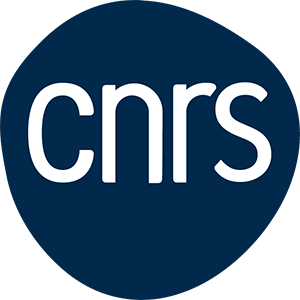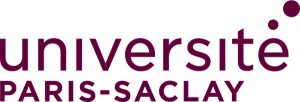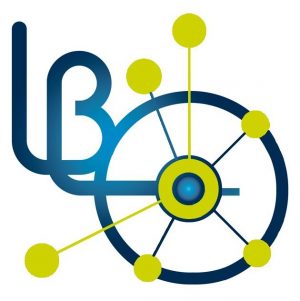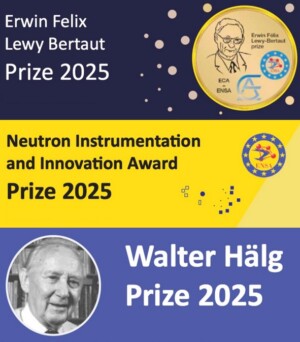Lors de l’International Conference on Neutron Scattering (ICNS) 2025 – 6-10 Juillet à Copenhague (Danemark) et Lund (Suède), remise de plusieurs prix de l’ENSA – European Neutron Scattering Association à des chercheurs travaillant ou qui ont travaillé au LLB – Laboratoire Léon Brillouin : Dalila Bounoua, Iurii Kibalin et Juan Rodriguez-Carvajal.
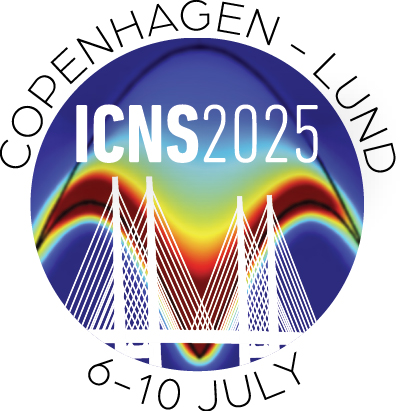
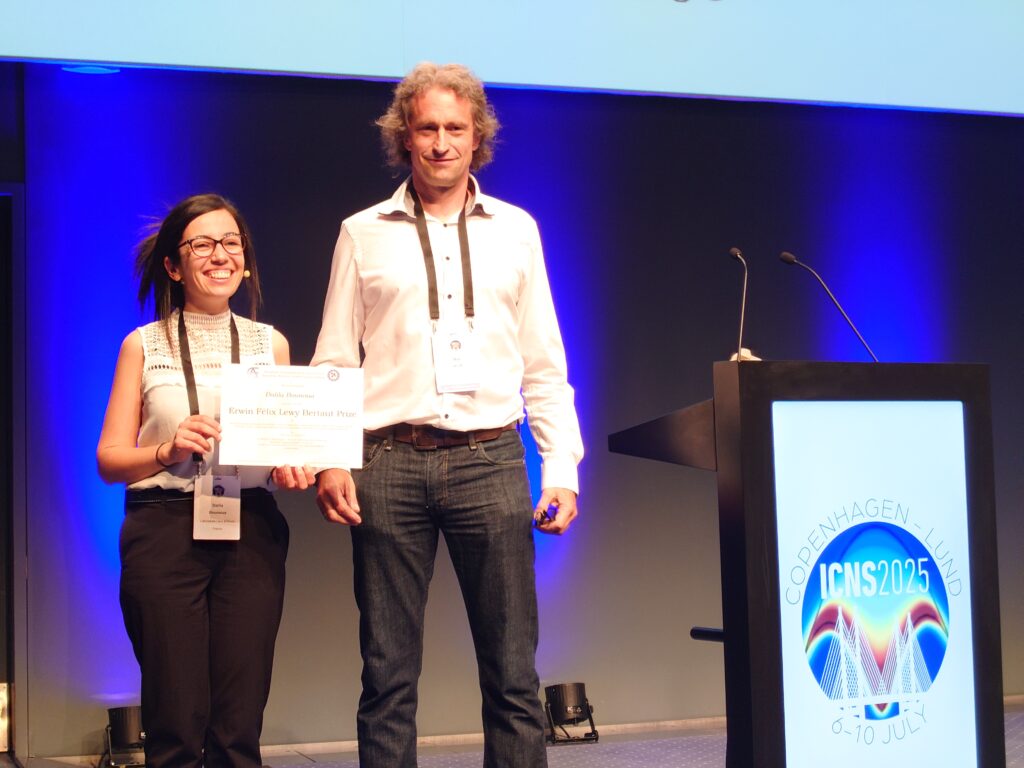
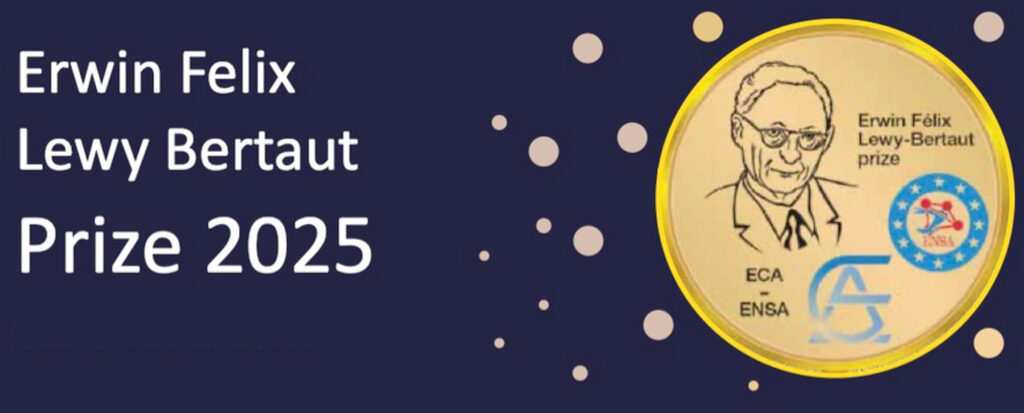
Le Prix Erwin Félix Lewy Bertaut 2025 est décerné à Dalila Bounoua,
« for her outstanding contributions to the field of novel magnetism in high-temperature copper oxide superconductors. Her pioneering use of cutting-edge polarized neutron diffraction, combined with advanced photon-based techniques, has opened new avenues for understanding the pseudogap phase. Her work has firmly established her as a leader in the field, built on exceptional expertise in neutron and photon methods, materials synthesis, and single-crystal growth. »
Sa présentation orale lors de la conférence a porté sur le sujet :
« Hidden Magnetic Texture in the Pseudogap Phase of the High-Tc Superconducting YBa2Cu3O6+x« , Dalila Bounoua, Yvan Sidis, Toshinao Loew, Frédéric Bourdarot, Martin Boehm, Paul Steffens, Lucile Mangin-Thro, Victor Balédent, Jun Qian, Xin Yao and Philippe Bourges.
Dalila Bounoua est membre de l’équipe LLB/NFMQ depuis 2017.
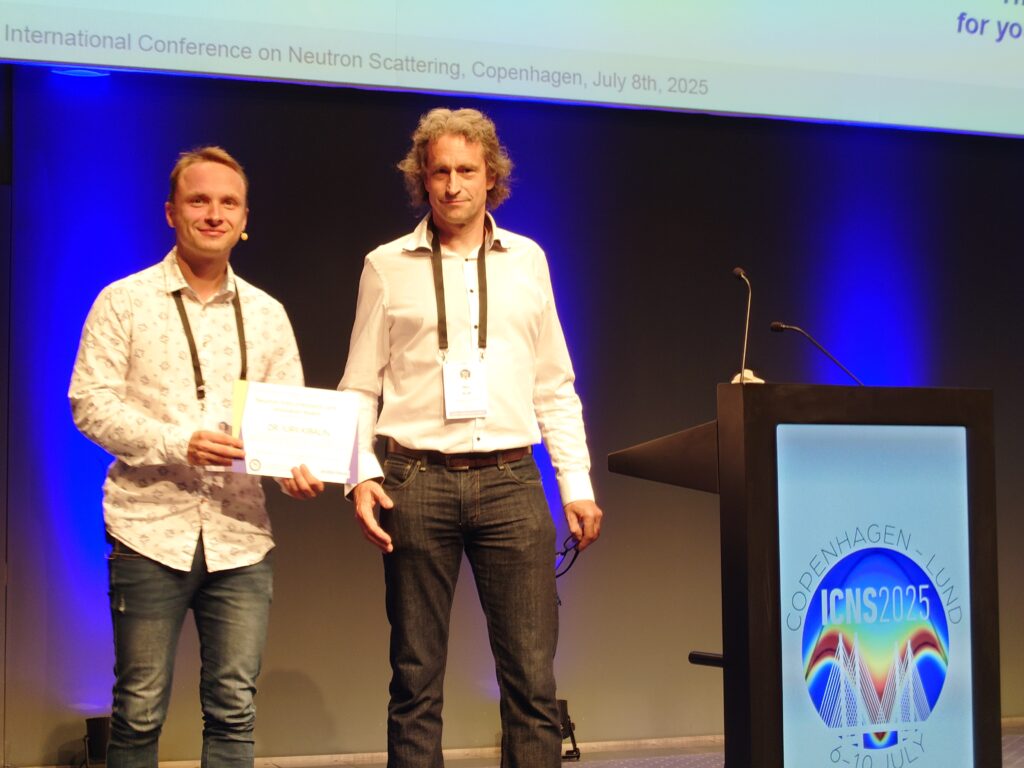
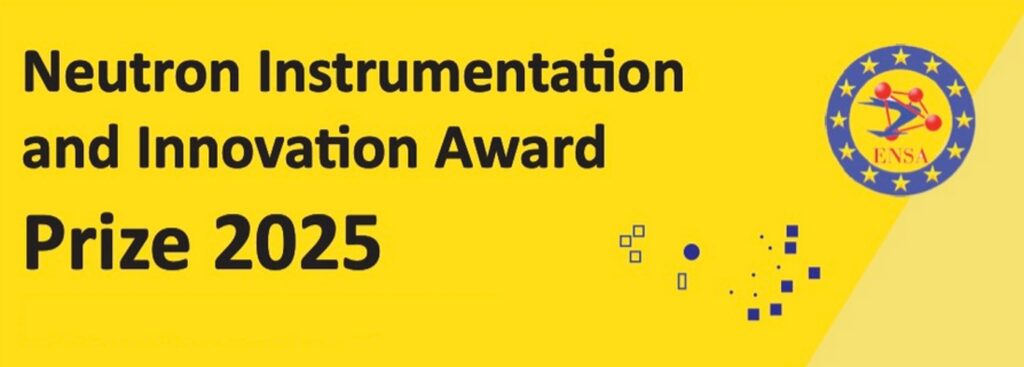
Le Prix « Neutron Instrumentation and Innovation » 2025, est attribué à Iurii Kibalin
« for his significant impact on polarized neutron diffraction techniques. His development of the CrysPy software tool has transformed polarized neutron powder diffraction on magnetic samples into a routine, accessible method for a broad scientific community. »
Sa présentation orale lors de la conférence a porté sur le sujet :
« CrysPy: probing magnetic anisotropy using polarized neutron diffraction », Iurii Kibalin and Arsen Gukasov.
L’outil d’analyse informatique « Cryspy », mis à la disposition de la communauté, permet la mesure du tenseur de susceptibilité magnétique (anisotropie magnétique locale) par les méthodes de diffraction des neutrons polarisés. La méthode a été généralisée au cas des échantillons polycristallins, ce qui permet la mesure y compris lorsque les échantillons sont difficiles à fabriquer sous forme monocristalline.
Iurii Kibalin a travaillé en tant que post-doc au LLB/NFMQ en 2016-2017, puis de 2018 à 2023. Il est aujourd’hui membre de l’ILL.
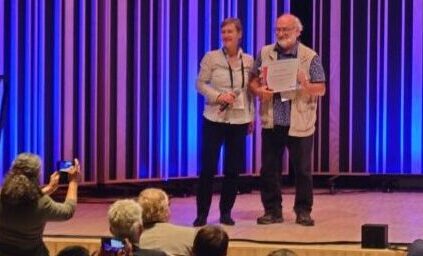
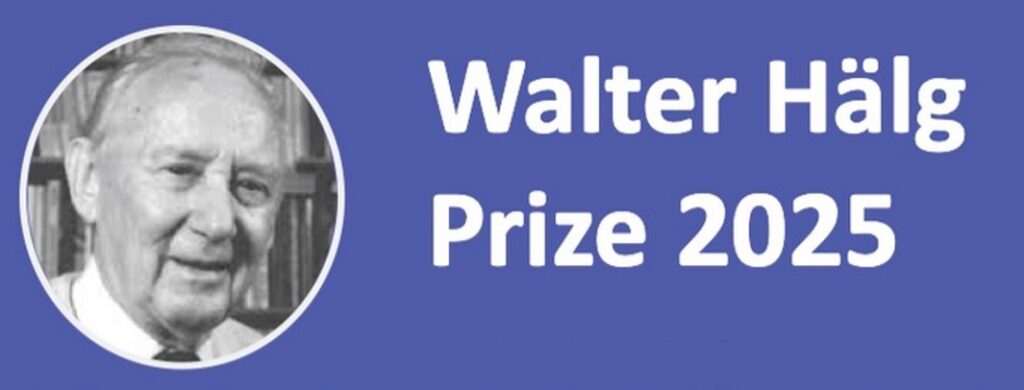
Le Prix « Walter Hälg » 2025 est décerné à Juan Rodriguez-Carvajal, pour la création du logiciel « Full Prof » :
« Widely recognized as the “father of FullProf” — the globally renowned software for crystallographic and magnetic studies — Juan Rodriguez-Carvajal has made an extraordinary impact on the field. FullProf is among the most widely used programs for Rietveld analysis of powder diffraction data. Juan Rodriguez-Carvajal is not only an exceptional scientist with profound instrumental expertise, but also possesses deep insight into the underlying physics of neutron scattering, particularly in the realm of strongly correlated materials. He actively shares his knowledge through training courses and schools worldwide, and continues to develop FullProf in close collaboration with its user community, advancing the software in step with scientific and technological progress ».
Mis à la disposition de la communauté internationale, Full Prof est un outil d’analyse de diffractogrammes X ou de neutrons sur polycristaux, par la méthode Rietveld. Le logiciel prend en compte de nombreux effets : résolution instrumentale, texture, groupes rigides, absorption, cas des monocristaux et permet la détermination des structures magnétiques. Historiquement basé sur la méthode des représentations irréductibles, le logiciel s’appuie aujourd’hui sur le formalisme des groupes ou super-groupes d’espace magnétiques.
Sa présentation orale lors de la conférence a porté sur le sujet :
« The evolving FullProf Suite and CrysFML: the road ahead », Juan Rodriguez-Carvajal, Nebil A. Katcho and Javier González-Platas.
Juan Rodriguez-Carvajal est un ancien membre du LLB, où il a été responsable du diffractomètre de poudre très haute résolution G42 permettant la détermination et raffinement de structure cristallographique et magnétique d’échantillons polycristallins de volume de maille (primitive) relativement important. Devenu responsable du groupe diffraction à l’ILL, il a poursuivi tout au long de sa carrière une collaboration très étroite avec les équipes du LLB.
Toutes nos félicitations aux 3 récipiendaires.

